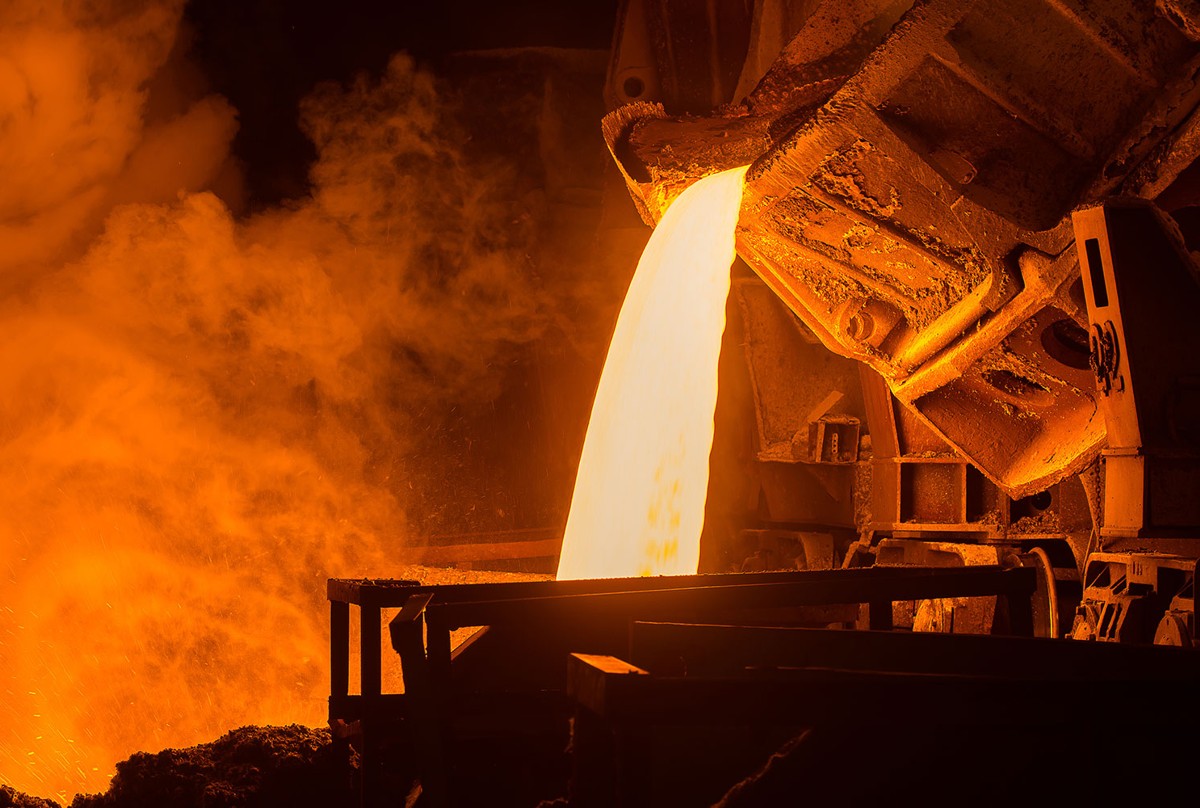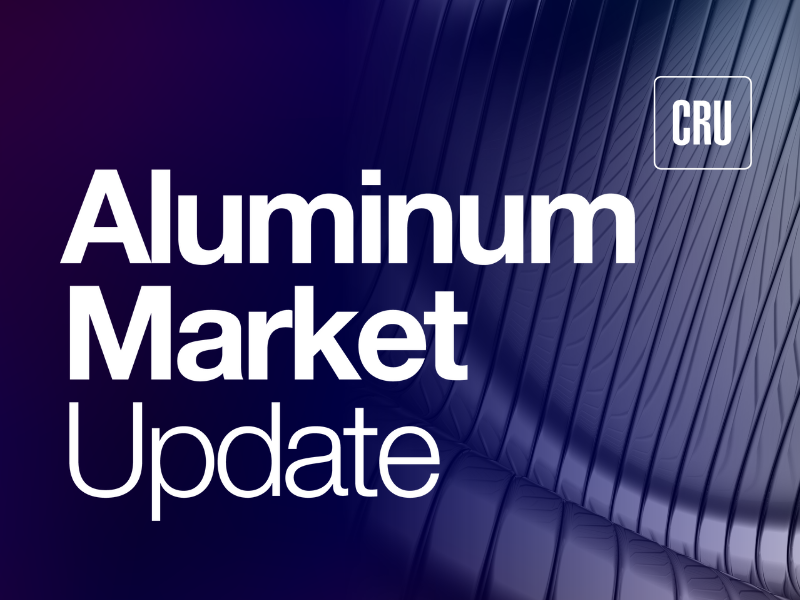Analysis

May 26, 2022
Final Thoughts
Written by Michael Cowden
Who wants to be in the hot-rolled coil business anymore? I ask that only partly in jest.
It’s not that no one wants to make spot HRC anymore. It’s just that not many companies seem to want to make it their bread and butter.
 Nucor spending $3 billion for a garage door company and looking to shift more toward downstream manufacturing is the latest example.
Nucor spending $3 billion for a garage door company and looking to shift more toward downstream manufacturing is the latest example.
But it’s hardly the first. Staying with Nucor for a moment, think back to Gallatin Steel Co., which Nucor purchased in 2014 for $770 million.
Gallatin was known primarily as a spot player in the Midwestern hot-rolled coil market. It still is, but not purely so. Nucor has since added a galvanizing line for $176 million, is in the process of adding a $164 million tube mill, and just recently bought a pickle line there.
Something similar could be said of North Star BlueScope in Delta, Ohio, just outside of Toledo. It used to be a pure HRC player in the heart of the Midwest. No doubt it will remain so, as will Gallatin, following big expansions underway and/or nearing completion. (The details of those expansions are here.)
But North Star might not be as synonymous with HRC as it was in the past with its parent company’s $500 million acquisition of Coil Coatings from Cornerstone Building Brands. It might look more like BlueScope operations on the West Coast, where the company is a leader in coated products.
Value-added is the way to go. So much so that I wonder some days whether there will be a prime scrap market or a spot HRC market left for us to price. Not today or tomorrow – but looking years down the road.
In fact, you can see this trend toward acquiring value-added, downstream assets just about everywhere in the steel space. For Cleveland-Cliffs, that meant expanding from iron ore mining and pellet production to becoming the largest flat-rolled steelmaker in North America with its acquisitions of the former AK Steel and the former ArcelorMittal USA.
Cliffs now has a finger in everything from pellets and HBI to automotive stamped parts. It’s a similar story at Nucor, its EAF rival, which now owns assets in everything from scrap and DRI all the way down to garage doors.
It’s not as if there isn’t a precedent to this model. Henry Ford used to own the entire automotive supply chain – from iron ore mines to assembly lines. Ford’s Dearborn, Mich., location used to be able to bring in ore from the Great Lakes, make that into steel at a mill on site, and feed that steel directly into auto assembly lines.
US automakers don’t do that anymore. But maybe they will think about doing so again if Tesla gets into mining. (Lithium might have a thing or two to say about scrap being the next precious metal.)
Those are just a few examples of the value of consolidation. But part of me wonders what Cornerstone Building Brands knows. Why sell of $1.5 billion in assets to domestic steelmakers?
Steel is a cyclical industry when it comes to prices. It’s also cyclical when it comes to phases of consolidation and deconsolidation. Remember when U.S. Steel owned Marathon Oil?
We all know where we are in this price cycle, at least in the very short-term, which is a modest correction. Time will tell whether it becomes a major one.
Where are we in the consolidation cycle? Are there more scrap yards, mills and downstream manufacturers to consolidate? Or are we nearing peak consolidation upstream, downstream and in between, too?
Let us know your thoughts!
And thank you from all of us at SMU for your business.
By Michael Cowden, Michael@SteelMarketUpdate.com







